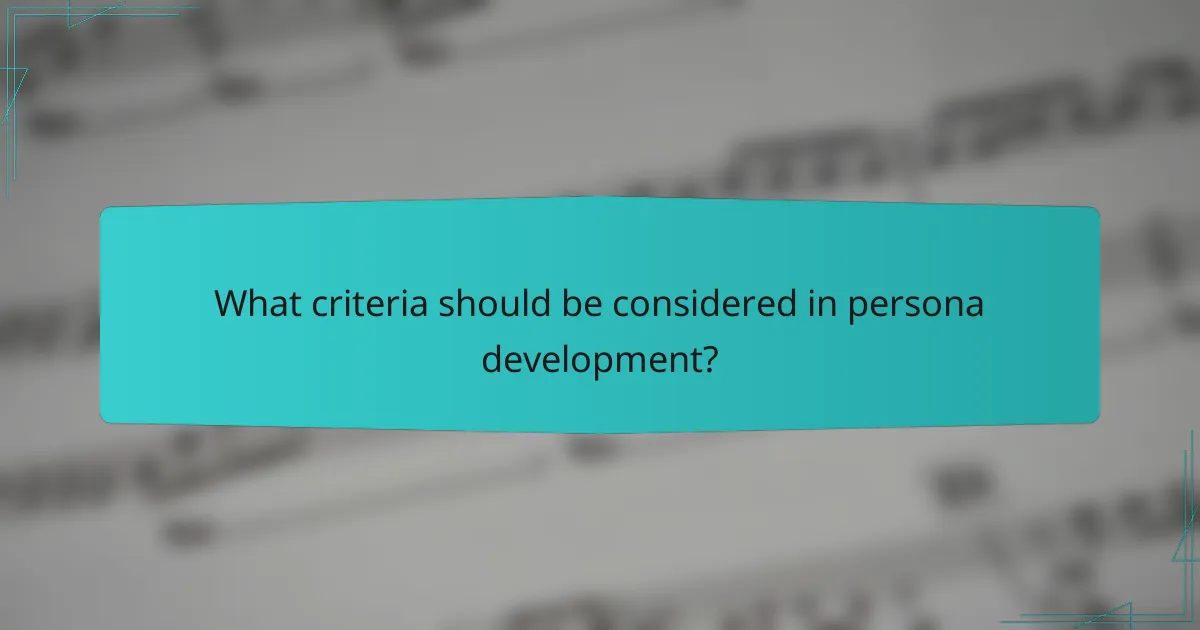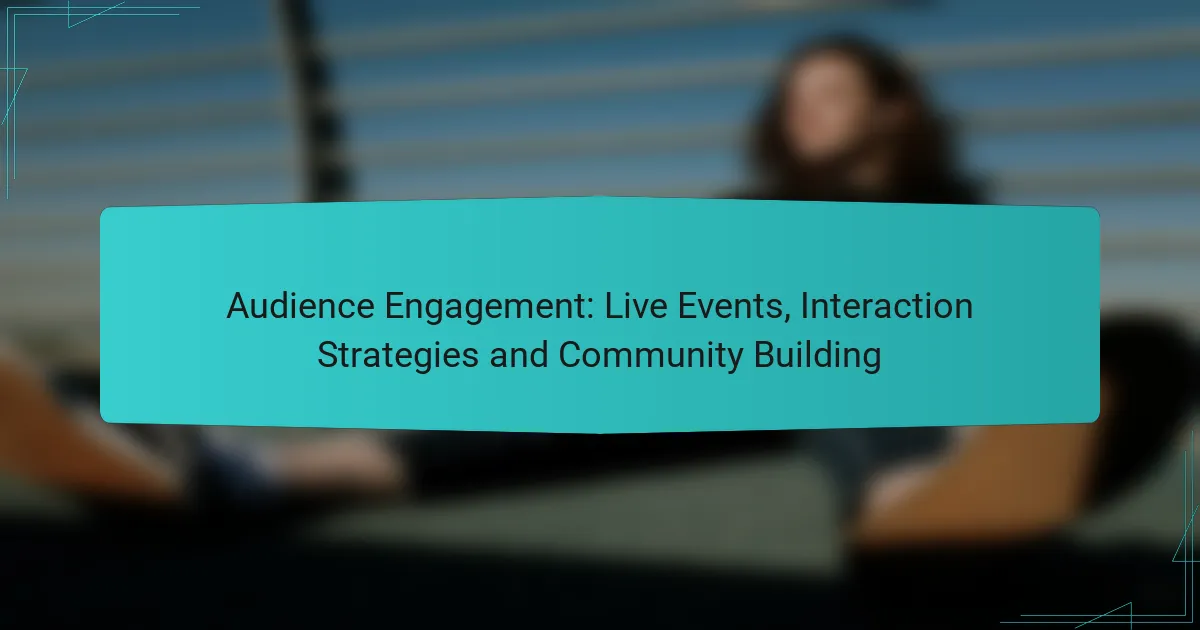Fan personas play a crucial role in enhancing marketing strategies by enabling brands to customize their messaging and offerings for distinct audience segments. By analyzing the unique preferences and behaviors of various fan types, marketers can develop more relevant and engaging campaigns that effectively connect with their target audiences.

How can fan personas enhance marketing strategies?
Fan personas can significantly enhance marketing strategies by allowing brands to tailor their messaging and offerings to specific audience segments. By understanding the unique preferences and behaviors of different fan types, marketers can create more relevant and engaging campaigns that resonate with their target audiences.
Increased engagement through targeted messaging
Targeted messaging leverages fan personas to deliver content that speaks directly to the interests and motivations of specific groups. For example, a sports brand might create distinct campaigns for casual fans and die-hard enthusiasts, using language and visuals that appeal to each group’s passion level.
To effectively engage fans, brands should consider segmenting their audience based on demographics, interests, and behaviors. This allows for personalized communication, which can lead to higher interaction rates, as fans feel more connected to the brand’s messaging.
Improved conversion rates with personalized offers
Personalized offers based on fan personas can lead to improved conversion rates by providing fans with promotions that align with their preferences. For instance, a music festival might offer early bird tickets to loyal attendees while providing exclusive VIP packages to high-spending fans.
Brands should analyze past purchase behaviors and engagement metrics to craft offers that resonate with different segments. A/B testing can also be useful to determine which personalized offers yield the best results, ensuring that marketing efforts are both effective and efficient.

What are effective methods for audience segmentation?
Effective audience segmentation involves dividing your audience into distinct groups based on shared characteristics or behaviors. This allows for more targeted marketing strategies that resonate with specific segments, improving engagement and conversion rates.
Demographic analysis using tools like Google Analytics
Demographic analysis helps identify audience segments based on age, gender, location, and interests. Tools like Google Analytics provide insights into these demographics, allowing marketers to tailor content and campaigns accordingly.
To utilize this method, set up Google Analytics to track user demographics. Regularly review the data to identify trends and shifts in your audience. For example, if a significant portion of your audience is aged 18-24, consider creating content that appeals specifically to younger consumers.
Behavioral segmentation through social media insights
Behavioral segmentation focuses on how users interact with your brand on social media platforms. Analyzing likes, shares, comments, and click-through rates can reveal valuable insights into audience preferences and behaviors.
Utilize social media analytics tools to monitor engagement metrics. For instance, if a specific post type consistently receives high engagement, consider producing similar content. Be aware of seasonal trends and adjust your strategy accordingly to maintain relevance.

How do brands align with fan personas?
Brands align with fan personas by tailoring their marketing strategies to resonate with specific audience segments. This involves understanding the unique preferences, behaviors, and motivations of different fan groups to create targeted messaging and experiences.
Brand storytelling that resonates with specific personas
Effective brand storytelling connects emotionally with specific fan personas by reflecting their values and interests. For instance, a sports brand might share stories of athletes overcoming challenges, appealing to fans who value perseverance and determination.
To create impactful narratives, brands should conduct research to identify the themes that resonate most with their target personas. This could include using surveys or social media insights to gather data on what stories fans find compelling.
Collaborations with influencers relevant to fan segments
Collaborating with influencers who align with specific fan segments can amplify a brand’s reach and credibility. Brands should identify influencers whose audiences match their target personas, ensuring that the partnership feels authentic and relevant.
For example, a beauty brand targeting young adults might partner with popular beauty vloggers on platforms like Instagram or TikTok. This strategy not only enhances brand visibility but also fosters trust among potential customers who admire the influencer’s recommendations.

What criteria should be considered in persona development?
When developing fan personas, it’s essential to consider factors such as demographics, psychographics, behaviors, and motivations. These criteria help create a comprehensive understanding of your audience, enabling tailored marketing strategies that resonate with specific segments.
Understanding fan motivations and preferences
Fan motivations and preferences are crucial for effective persona development. Understanding why fans engage with a brand or product can reveal insights into their emotional and rational drivers. For instance, some fans may be motivated by community, while others seek exclusive content or experiences.
To identify these motivations, conduct surveys or focus groups that explore what fans value most. This can include aspects like brand loyalty, social interaction, or personal identity. By segmenting fans based on these preferences, brands can tailor their messaging and offerings more effectively.
Identifying key touchpoints in the customer journey
Identifying key touchpoints in the customer journey helps brands understand where and how to engage fans effectively. Touchpoints can include social media interactions, email communications, and live events. Mapping these interactions allows brands to optimize their marketing efforts at each stage of the fan’s experience.
Consider creating a customer journey map that outlines critical moments when fans interact with your brand. This can help pinpoint opportunities for personalized engagement, such as targeted promotions during major events or tailored content based on previous interactions. Regularly review and update this map to adapt to changing fan behaviors and preferences.

How can digital products leverage fan personas?
Digital products can leverage fan personas by tailoring experiences and marketing strategies to specific audience segments. This approach enhances user engagement and increases conversion rates by aligning offerings with the preferences and behaviors of distinct fan groups.
Customized user experiences in apps and websites
Customized user experiences are essential for engaging fans effectively. By analyzing fan personas, digital products can adjust content, layout, and features to meet the unique needs of different user segments. For instance, a sports app might prioritize real-time scores for hardcore fans while offering general news for casual followers.
Consider implementing personalized dashboards that showcase relevant content based on user interests. This could include favorite teams, player statistics, or tailored recommendations, enhancing the overall user experience and driving retention.
Targeted email campaigns based on persona insights
Targeted email campaigns can significantly improve engagement rates by utilizing insights from fan personas. By segmenting email lists according to specific characteristics, brands can send tailored messages that resonate with each group. For example, promotional offers for merchandise can be directed at dedicated fans, while casual followers might receive updates on general events.
To maximize effectiveness, use A/B testing to refine messaging and design based on persona responses. Ensure that emails are visually appealing and relevant, as this can increase open rates and drive conversions. Regularly updating persona data will help keep campaigns aligned with evolving fan preferences.

What are the challenges in creating fan personas?
Creating fan personas involves several challenges, including data privacy concerns and the difficulty in accurately capturing fan motivations. These obstacles can hinder effective audience segmentation and tailored marketing strategies.
Data privacy concerns affecting audience insights
Data privacy regulations, such as GDPR in Europe and CCPA in California, impose strict guidelines on how personal information can be collected and used. This limits the ability to gather comprehensive insights about fans, which are essential for developing accurate personas.
Marketers must navigate these regulations while still striving to understand their audience. Employing anonymized data and aggregated insights can help mitigate privacy issues, but it may also reduce the granularity of the information collected.
Difficulty in accurately capturing fan motivations
Understanding fan motivations is complex due to the diverse reasons individuals engage with brands or teams. Factors such as emotional connection, social identity, and personal interests can vary widely among fans, making it challenging to create a one-size-fits-all persona.
To address this, marketers should employ a mix of qualitative and quantitative research methods, such as surveys and focus groups, to gain deeper insights. Regularly updating fan personas based on new data can also help ensure they remain relevant and effective.

What tools can assist in developing fan personas?
Several tools can effectively assist in developing fan personas by providing insights into audience behavior, preferences, and demographics. Utilizing analytics platforms, social media insights, and survey tools can help marketers create detailed and actionable fan personas.
Analytics Platforms
Analytics platforms like Google Analytics or Adobe Analytics offer valuable data on user behavior and engagement. By analyzing metrics such as page views, session duration, and user demographics, marketers can identify trends and segment their audience more effectively.
For instance, if a sports brand notices that a significant portion of its website traffic comes from a specific age group, it can tailor its marketing strategies to better resonate with that demographic. Regularly reviewing analytics data ensures that fan personas remain relevant and accurate.
Social Media Insights
Social media platforms provide built-in analytics tools that reveal audience insights, including interests, location, and engagement patterns. Tools like Facebook Insights and Twitter Analytics can help brands understand who their fans are and what content they engage with most.
By leveraging these insights, brands can create content that aligns with fan interests, enhancing engagement and loyalty. For example, if a brand discovers that its followers prefer video content over images, it can adjust its content strategy accordingly.
Survey Tools
Survey tools such as SurveyMonkey or Typeform allow brands to gather direct feedback from their audience. Conducting surveys can provide qualitative data on fan preferences, motivations, and behaviors, which are crucial for developing accurate personas.
When designing surveys, keep questions concise and focused on key areas such as brand perception and content preferences. Offering incentives for participation can also increase response rates, leading to more comprehensive insights.



